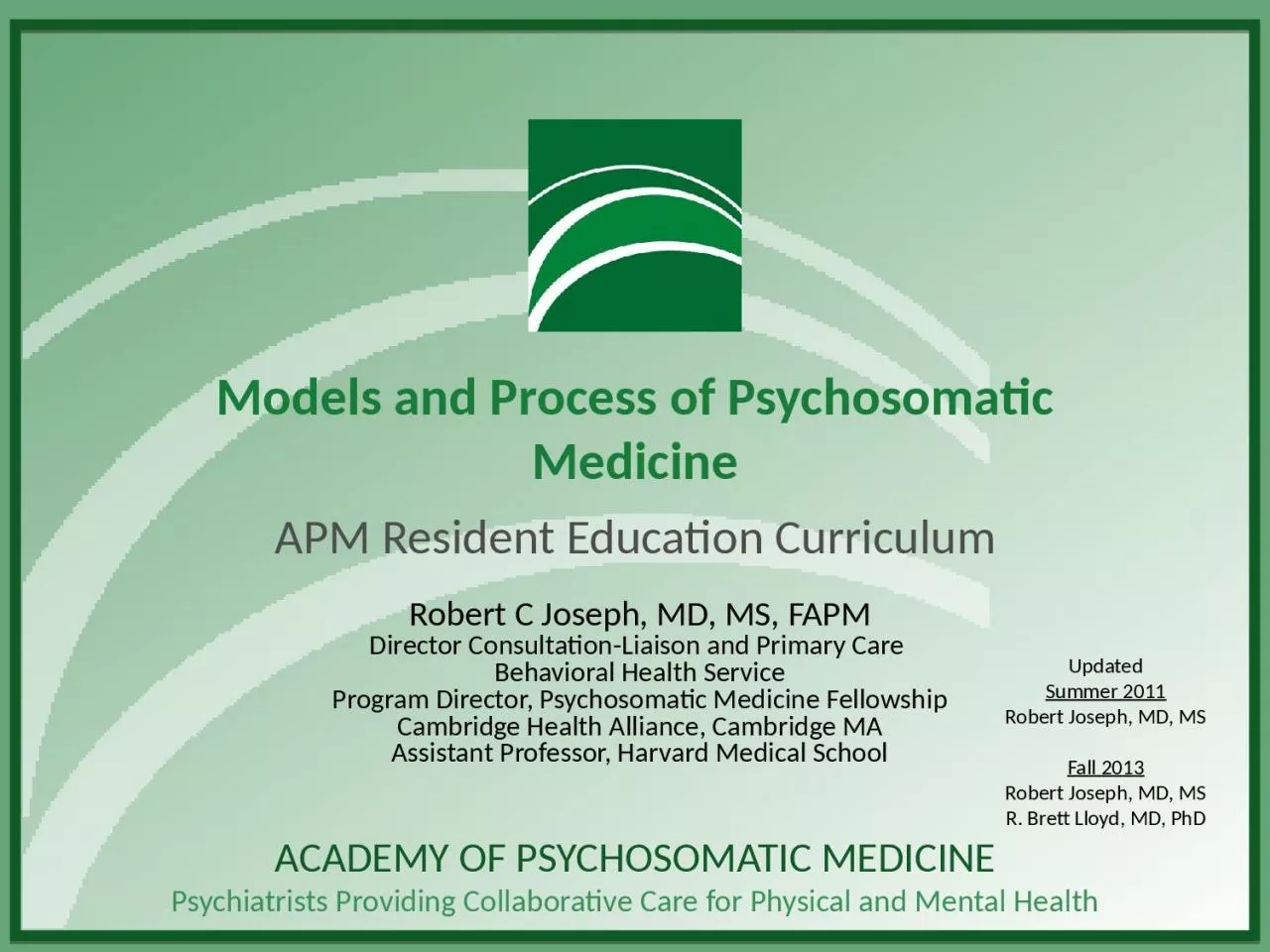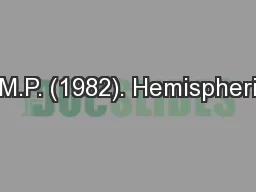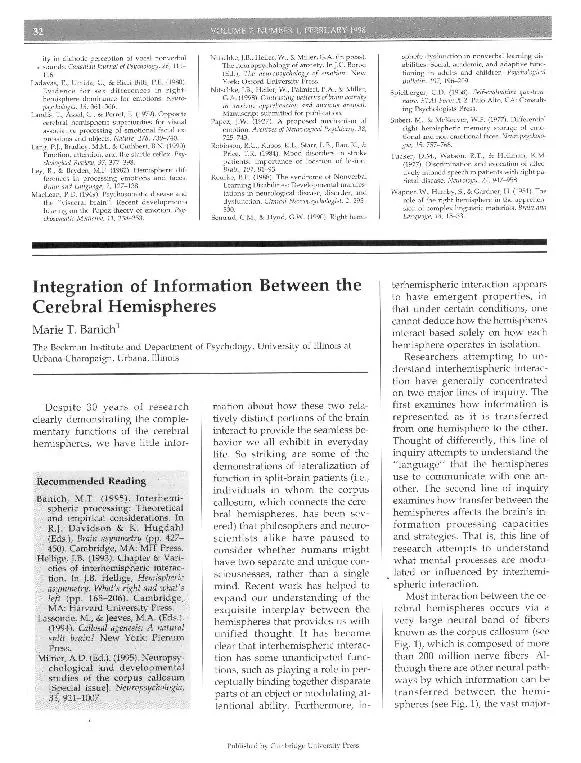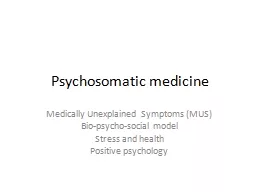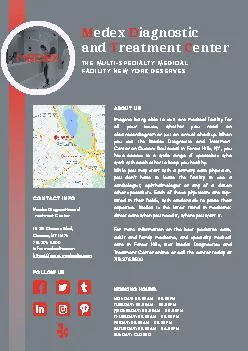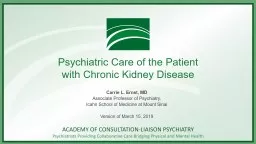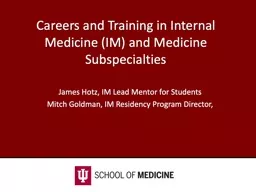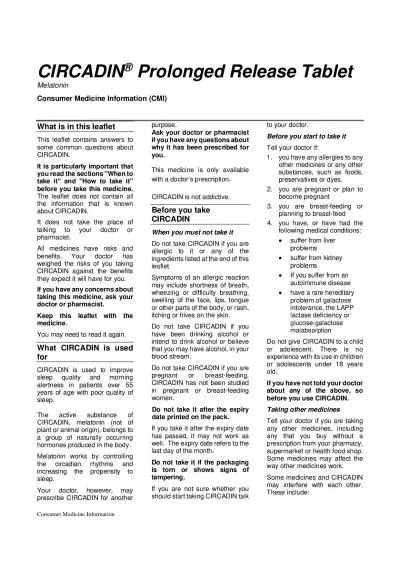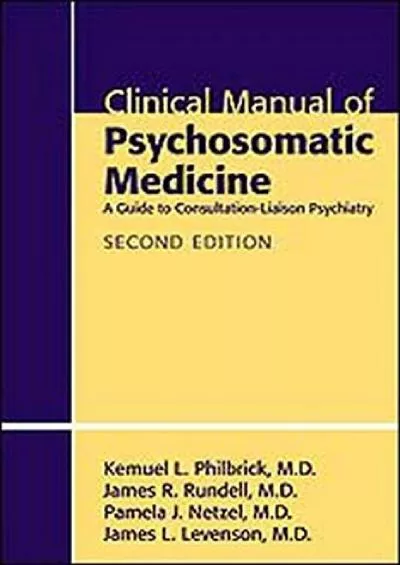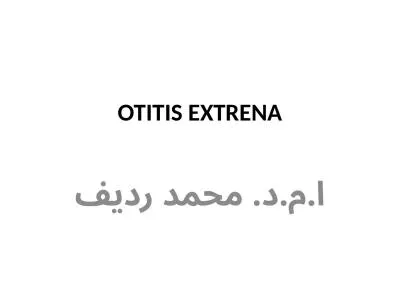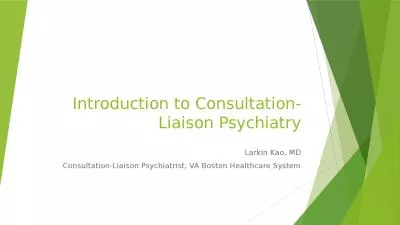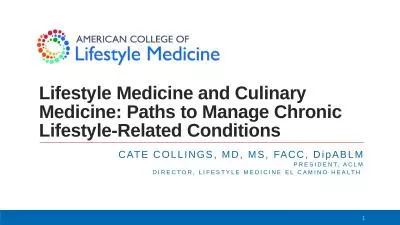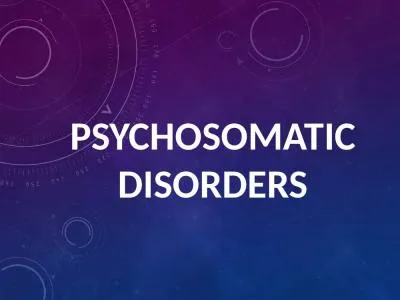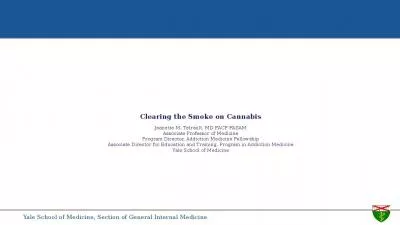PPT-Models and Process of Psychosomatic Medicine
Author : elizabeth | Published Date : 2023-07-28
APM Resident Education Curriculum Robert C Joseph MD MS FAPM Director ConsultationLiaison and Primary Care Behavioral Health Service Program Director Psychosomatic
Presentation Embed Code
Download Presentation
Download Presentation The PPT/PDF document "Models and Process of Psychosomatic Medi..." is the property of its rightful owner. Permission is granted to download and print the materials on this website for personal, non-commercial use only, and to display it on your personal computer provided you do not modify the materials and that you retain all copyright notices contained in the materials. By downloading content from our website, you accept the terms of this agreement.
Models and Process of Psychosomatic Medicine: Transcript
Download Rules Of Document
"Models and Process of Psychosomatic Medicine"The content belongs to its owner. You may download and print it for personal use, without modification, and keep all copyright notices. By downloading, you agree to these terms.
Related Documents

